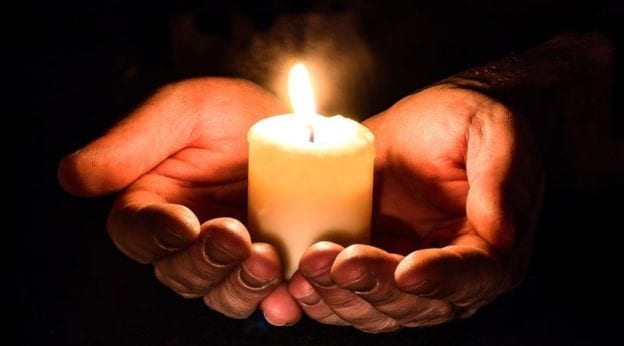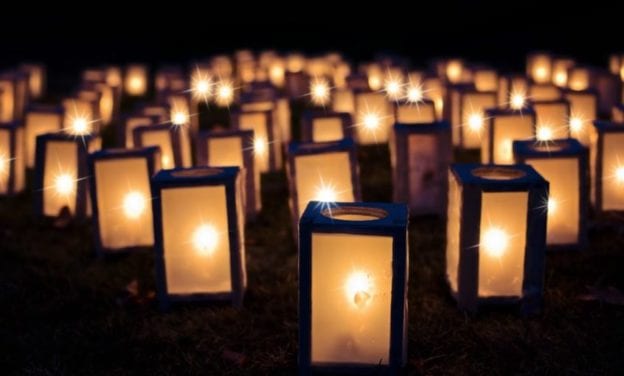Although a mortician’s services won’t be used in cremations in College Park, MD, they are an integral part of funeral homes and the services they provide. The fact is that some professions – and that of morticians is one – have serious PR problems when it comes to describing the work they do, especially when people don’t like to think about the nuts and bolts of the job.
Janitors are custodial technicians, garbage collectors have become waste management engineers and bartenders are mixologists. These names add glamour to jobs that don’t always have that much glamour involved in the actual work performed.
In much the same way, that is how morticians got their job title. Let’s clarify what morticians do: they prepare bodies, including embalming them, for visitations and burials. They were formerly called undertakers (which originally meant the person who undertook to make all the funeral arrangements but came to designate embalmers). However, the job was so closely tied to death that it took on a dark and sinister meaning as time passed.
This particular job in the funeral process is not very sexy (with the possible exception of Frederico Diaz, the mortician who talks to the dead in the HBO series Six Feet Under) nor is it one that many people are likely to choose as a profession.
The name change from undertakers to morticians was first proposed in 1895 in The Embalmers’ Monthly, a funeral business trade magazine. It sounded more user-friendly and it distanced itself from the business at hand, which was death.
During the Civil War, embalming became a standard funeral practice out of military necessity. Until then, only medical schools used embalming to preserve cadavers for research. After President Abraham Lincoln was embalmed for his trip (13 days) from Washington, DC to Springfield, IL where he would be buried, embalming became customary as part of funeral arrangements for burial.
It is a professional industry, and not one that just anyone can do. There is much education and training involved because morticians not only embalm the body, but they also handle cosmetic repairs and shaping (especially in the face, which can be contorted in death), washing and dressing the body, and washing and styling the hair.
Because it was a professional trade, practitioners wanted to leave the undertakers of the past (most of whom had little to no education) behind. This called for a new job title: mortician. The word mortician comes from the Latin root for death, mort, combined with the suffix from physician. The new word identified embalmers as scientifically-trained with strong links to the medical community.
Sometimes job title changes work and sometimes they don’t. Nobody liked the new job titled except for morticians. Word critics claimed that the title was loftier than the profession and it had an air of affectedness to it.
Word scholars didn’t like it because they said it violated the rules of forming new words. All the other words that ended with the same sound took the profession or things (mathematic, electric, physic, etc.) and added ian to the end. Mortician was the exception because the suffix was ician. Therefore, it was not a word.
But the morticians proved they were stronger than the critics, and the job title is still around today. Their word formation has been extended in the English language, not always well or successfully, but one that endures is beautician.
If you’d like more information about cremations in College Park, MD you can talk with our expert staff at Donald V. Borgwardt Funeral Home, P.A. You can drop by our funeral home at 4400 Powder Mill Rd., Beltsville, MD, 20705, or you can contact us today at (301) 937-1707.





